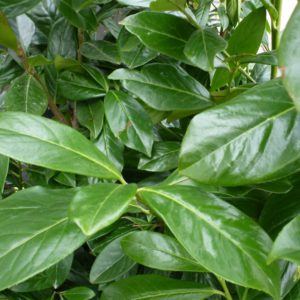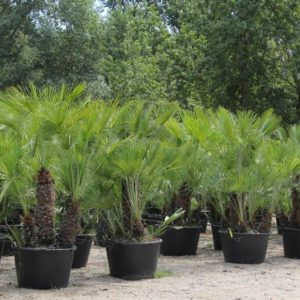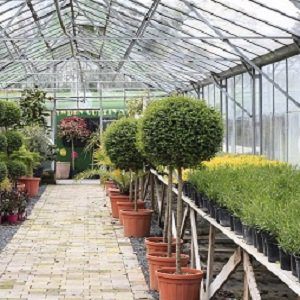Picea abies
€25.00
Frequently Bought Together


Description
Quick Facts
- Common Name: Norway Spruce, European Spruce
- Botanical Name: Picea abies
- Plant Type: Evergreen conifer
- Mature Height: 20-40m
- Mature Spread: 6-8m
- Flowering Period: N/A (conifer)
- Flower Colour: N/A (produces decorative cones)
- Foliage: Dark green, short, four-sided needles
- Hardiness: RHS H7 (very hardy)
- Soil Requirements: Moist, well-drained, slightly acidic to neutral
- Aspect: Full sun to partial shade
- Maintenance: Low
Description
Embrace the majestic beauty of Picea abies, the iconic Norway Spruce that brings timeless grandeur and year-round presence to Irish landscapes with its elegant pyramidal form and rich evergreen foliage. This magnificent conifer evokes memories of traditional Christmas trees and mountain forests, creating dramatic focal points that anchor large gardens and estates whilst providing essential structure, shelter, and wildlife habitat throughout every season.
Throughout the year, this impressive conifer displays its classic conical silhouette adorned with dense, dark green needles that create a rich, textured appearance. The gracefully drooping branches sweep downward in elegant tiers, whilst the upper branches reach skyward, creating a distinctive layered effect. In spring, fresh bright green new growth emerges at the tips, adding seasonal interest. Mature trees produce abundant decorative cones that hang pendulously from the branches, adding ornamental value and providing food for wildlife.
Native to the mountains of Northern and Central Europe, this remarkable species has been cherished for centuries as the quintessential Christmas tree and forest giant. Exceptionally hardy and adaptable, the Norway Spruce thrives in Irish conditions, tolerating our changeable weather and providing fast growth that quickly establishes impressive presence. Its shallow root system and tolerance of exposed conditions make it ideal for windbreak planting and shelter belts.
Create stunning landscape compositions by planting as specimen trees in large lawns where their majestic form can be fully appreciated, or use in groups for effective windbreaks and screening. Magnificent in parkland settings, estate gardens, or large rural properties where their imposing stature will bring drama, year-round structure, and timeless beauty to your Irish landscape sanctuary. Underplant with shade-tolerant species such as ferns, foxgloves, and woodland bulbs for naturalistic forest garden effects.
Caragh Garden Notebook
Planting: Space trees 4-6m apart for screening, or allow 8-10m for specimen planting. Plant in autumn or early spring in moist, well-drained soil. Dig holes twice the width of the root ball and incorporate organic matter. Plant at the same depth as the container, ensuring the root flare is visible. Stake young trees for the first 2-3 years. Water thoroughly and mulch around the base.
Soil Preparation: Thrives in slightly acidic to neutral soil with pH 5.0-7.0. Prefers deep, moisture-retentive yet well-drained conditions enriched with organic matter. Tolerates a range of soil types including clay if drainage is adequate. Avoid extremely dry, shallow, or waterlogged sites. Benefits from shelter when establishing, though mature trees tolerate exposed conditions well.
Container Growing: Not suitable for long-term container growing due to size and shallow root system. Young specimens can be grown temporarily in very large containers (minimum 80cm diameter) using soil-based compost, but should be planted out within 2-3 years for best results and long-term health.
Seasonal Care: Requires minimal pruning – simply remove any dead, damaged, or crossing branches in late winter or early spring. Avoid heavy pruning as this can spoil the natural form. Apply slow-release balanced fertiliser in early spring for young trees. Mulch annually with organic matter to retain moisture and suppress weeds. Water young trees during prolonged dry spells for the first 2-3 years until established.
Propagation: Propagate from seed sown in autumn or spring, though germination can be slow and variable. Alternatively, take semi-hardwood cuttings in late summer using hormone rooting powder, though success rates are modest. Most gardeners prefer to purchase nursery-grown trees for guaranteed quality and faster establishment.






